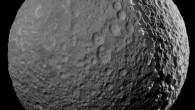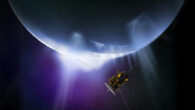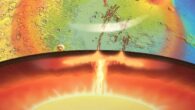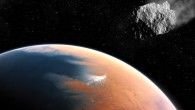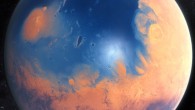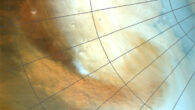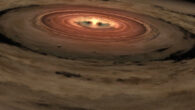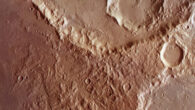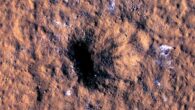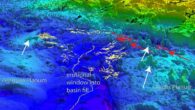Saturn is known for its iconic, pristine rings. However, the main B ring can have splotches and streaks of darker or lighter material, known as spokes, that may be tied to dust interactions with the planet’s magnetic field. These spokes appear periodically, lasting around 8 years, centered around Saturn spring or fall equinox. In 2021 and 2022, observations using the NASA/ESA Hubble Space Telescope revealed the start of a new ring spoke season in...



